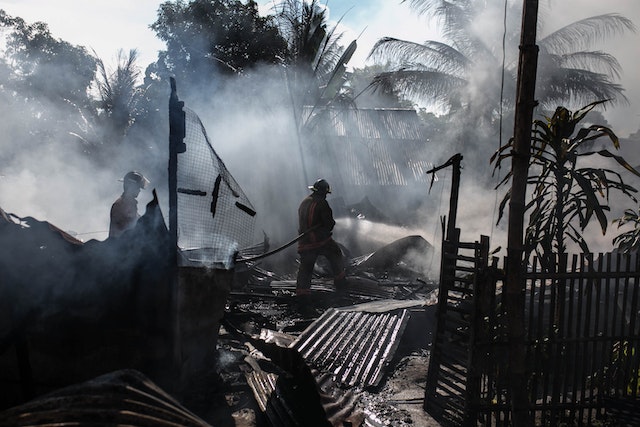From tsunamis to tornados, natural disasters present significant challenges to humankind. While we wrestle to combat the effects of climate change and pollution, there is no denying that natural disasters are on the rise.
Fortunately, as technology and understanding improves, the loss of human life and property decreases. For example, by utilizing PCRIC (Pacific Catastrophe Risk Insurance Company) and its trustee, however, impacted areas can continually access the funds required for rescue and repair efforts when natural disasters strike.
Here is a list of three disaster zones and how they manage their high-risk factors:
China
In recent years, China has been plagued by a high number of natural disasters. This is due to a number of external factors, including the impact of rapid urbanisation on the landscape and climate change. Additionally, approximately 69% of China is mountainous, leading to frequent landslides. Coastal regions have their own risks, including severe storms and flooding.
To combat natural disasters, the Chinese government and citizens have developed powerful initiatives, including a robust emergency disaster response system and a stockpile of emergency relief items. The country now has 10 storehouses, stockpiled with food, water and other daily necessities for when disaster strikes.
Bangladesh
For Bangladeshi people, disaster is a part of life. The country experiences countless cyclones each year, a situation worsened by its unique funnel-shaped bay. These cyclones can then give way to intense flooding in low coastal areas, intensifying storm damage and impacting relief efforts.
Due to its extensive history of natural disasters, Bangladesh has become known as an innovator in disaster management. Since as early as 1970, in the wake of Cyclone Bhola (responsible for almost half a million deaths), the country has been investing in advanced weather forecasting systems and disaster warning broadcasts that give inhabitants time to evacuate or take cover. The country also boasts a huge network of trained volunteers and dozens of cyclone shelters.
Philippines
The Philippines is another tourist destination sporting bountiful beaches, stunning national parks and breathtaking, ancient religious sites. However, the country also wrestles with up to 20 typhoons every year. This mountainous vacation spot sits in what is known as the ‘Pacific Ring of Fire’, a factor that puts it at high risk of earthquakes, volcanic activity, fires and flooding.
Over time, the Filipino people have adapted to this tempestuous environment. In 2010, the Philippine Congress brought the National Disaster Risk Reduction and Management Act into order, putting in place a multifaceted risk awareness and management system. The government (and its Australian allies) also allocate significant financial resources and aid into rebuilding impacted communities.
We can’t avoid natural disasters completely, but with technology and global cooperation, we are constantly improving the way to respond to them and mitigate risks.

